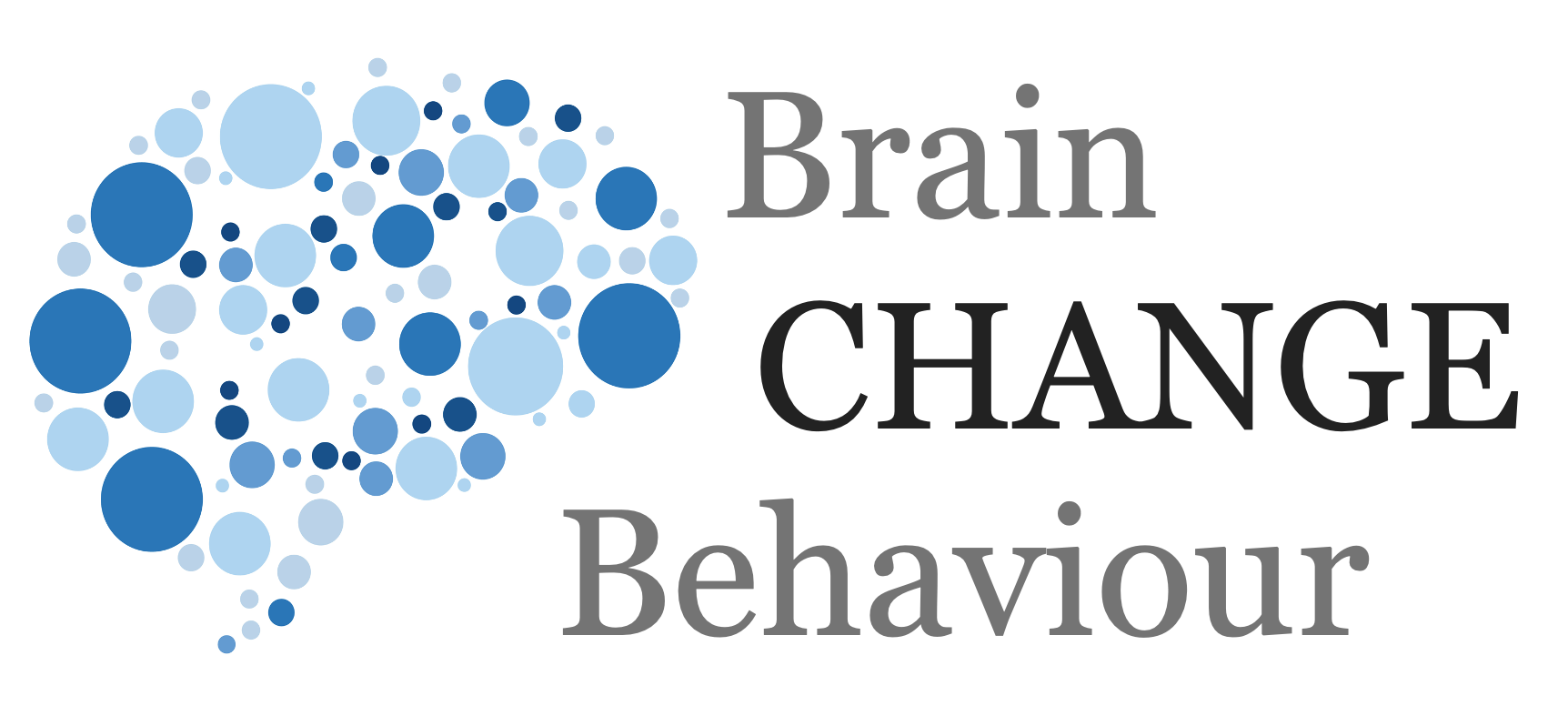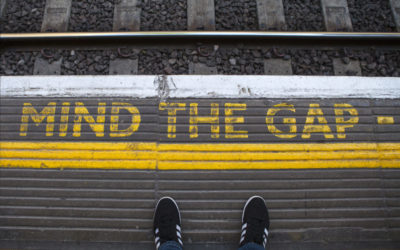Article
Change Models

The theory of planned behaviour is a psychological theory proposed by Icek Ajzen that links beliefs to behaviour. This builds on the theory of reasoned action. The theory maintains that three core components shape behaviour
- Attitude
- Subjective norms
- Perceived behavioural control
These together shape an individual’s behavioural intentions. In turn, a tenet of TPB is that behavioural intention is the most proximal determinant of human social behaviour.
Attitudes
- Behavioural beliefs: personal beliefs about the behaviour and whether this is considered positive or negative. This leads to:
- Attitude towards behaviour.
Subjective Norms
- Normative belief: an individual’s perception of social normative pressures, what are standards of behaviour. This influences:
- Subjective norm: an individual’s perception about the particular behaviour, which is influenced by the judgment of (especially significant) others.
Perceived behavioural control
- Control beliefs: an individual’s beliefs about the presence of factors that may facilitate or hinder performance of the behaviour. This leads to:
- Perceived behavioural control: an individual’s perceived ease or difficulty of performing the particular behaviour. The concept of perceived behavioural control is conceptually related to self-efficacy. It is assumed that perceived behavioural control is determined by the total set of accessible control beliefs.
Behavioral intention
- Behavioral intention: an individual’s readiness to perform a given behaviour. It is assumed to be an immediate antecedent of behaviour.
Behaviour
- Behavior: an individual’s observable response in a given situation with respect to a given target. Ajzen advanced the view that a behaviour is a function of compatible intentions and perceptions of behavioural control. Perceived behavioural control is expected to moderate the effect of intention on behaviour, such that a favourable intention produces the behaviour only when perceived behavioural control is strong.
Summary
The theory of planned behaviour is one that is defined by belief systems and behavioural intentions and antecedents to behaviour. This includes the social environment. Of note is that the concept of self-efficacy is also included in perceived behavioural control.
Simple Takeaways
-
- The influence of attitudes, subjective norms, control beliefs leads to behavioural intentions which guide behaviour.
- You can influence behaviour by influencing the above factors.
© leading brains 2022
Reference
More Articles
Introduction to SCOAP
SCOAP is a complete model of human motivation, behaviour, and wellbeing, summarising over a century of research into the human brain, human psychology, and human behaviour in all contexts.
SCOAP Needs
These are basic human needs which means fulfilling them is essential for human wellbeing and therefore also that having them unfulfilled or violated lowers human wellbeing. These also direct human motivation and subsequently human behaviours.
SCOAP Motivation
Much has been written about motivation and there are many (false) assumptions to motivation also. So let’s start with a simple definition of motivation.
SCOAP Behaviour
Behaviour is about doing things, actions. That is obvious, but there are many grey zones to behaviour. For example do we class breathing as behaviour, or heartbeat, or sweating?
SCOAP Change
As you will have seen with SCOAP, this gives a comprehensive model of human needs, motivation, and behaviour. We can therefore use this to guide behavioural change interventions.
The Undermining Effect
Rewards sound like a good way to instigate behaviour you want. In our world we often think of financial rewards. Good idea, right?
Well, no, rewards can actually lower motivation.
Making Change Stick
The sustainability question, or problem, is ultimately the biggest and most important question or issue.
The Value-Action Gap
The value-action gap has multiple other names: attitude-behavior gap, intention-behavior gap, KAP-gap (knowledge-attitudes-practice gap) or belief-behavior gap.
It refers to the gap between what people often say they value and their subsequent actions or willingness to meaningfully contribute to this value.
Uncertainty Changes Behaviour (But Boiling Frogs Doesn’t)
Why do people make random and unpredictable decisions when uncertainty arises (such as buying toilet paper at the start of a pandemic)?
Deadlines Increase Procrastination
What! I’d get nothing done without deadlines!
Ditto, though I can be very productive, I have a natural tendency to procrastinate. In fact it is one of my natural talents!










